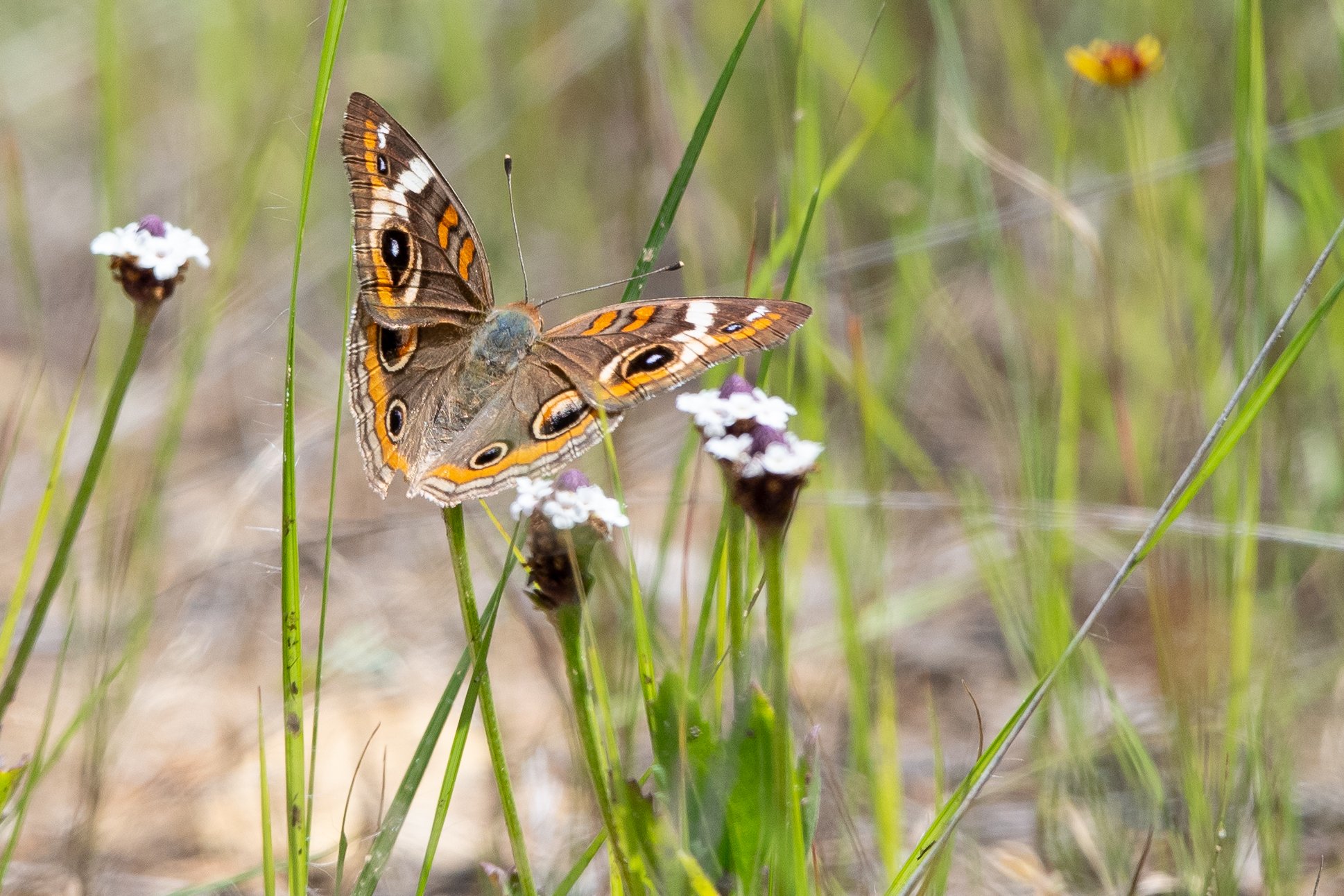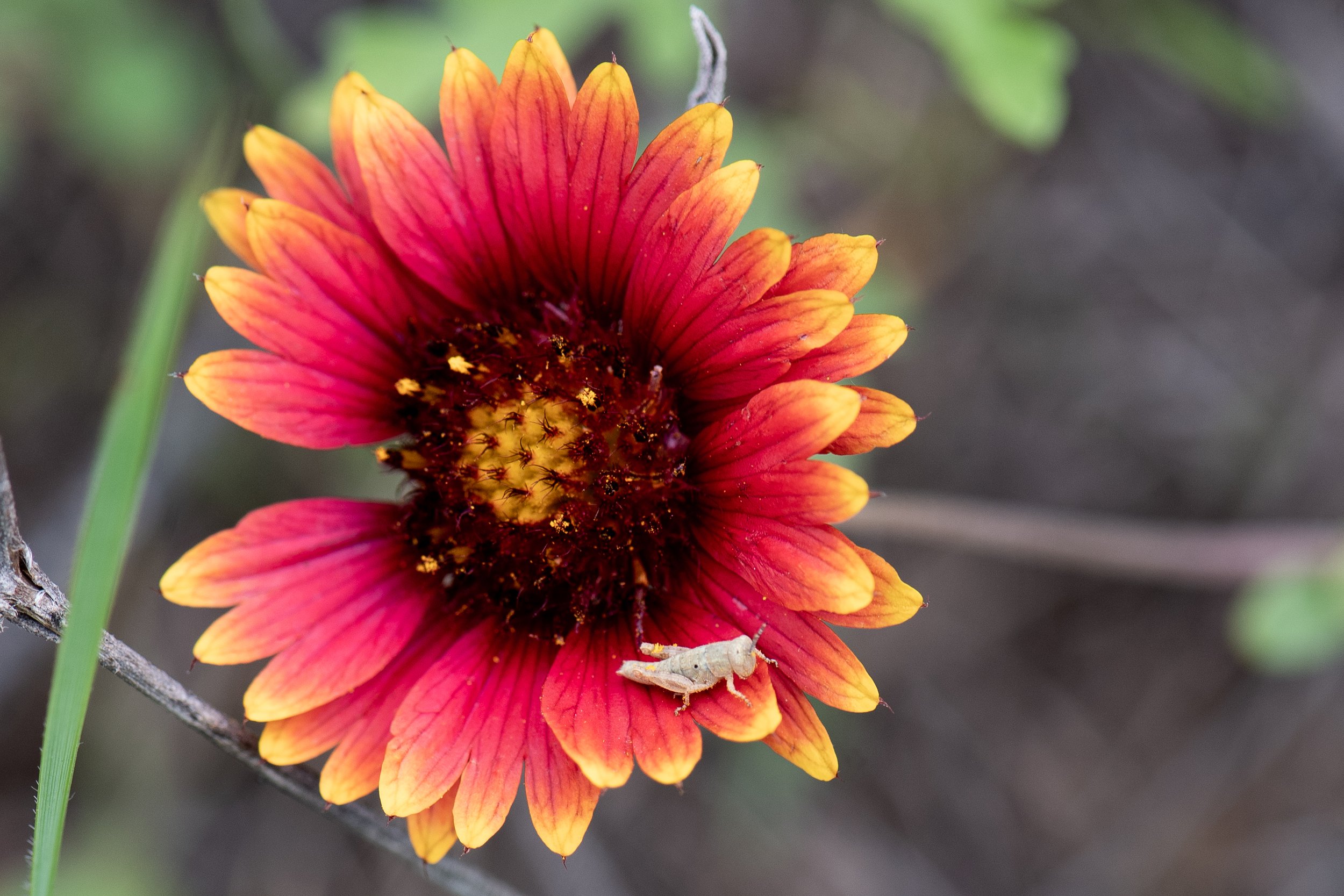Pollinators
Pollinators: What are they?
Pollinators help plants reproduce by spreading pollen. Between 75% and 95% of plants depend on pollinators, which include bees, butterflies, moths, wasps, beetles, flies, birds, and bats and other small mammals.
By supporting native plants and ecosystems, pollinators also help clean the air, purify water, prevent soil erosion, maintain genetic diversity, and support tens of thousands of plant and animal species.
Many pollinators are in decline due to the loss of feeding and nesting habitat, disease, changes in climate, and misuse of chemicals. The park protects pollinators and plants. Hives support colonies of Italian honey bees, known for their gentle temperament. Multiple food sources and habitats- including soil, dead wood, and brush- also attract many of Texas’ over 800 species of native bees.
Horseshoe Bay Nature Park is located on the “Monarch Highway,” or migration corridor for the Monarch butterfly, running from Texas to Minnesota.
AT THE PARK
Pollinators observed:
Bee Assassin Bug
Common Buckeye Butterfly
Eufala Skipper Butterfly
Gray Hairstreak Butterfly
Juniper Hairstreak Butterfly
Kern’s Flower Scarab Beetle
Long-horned Bee
Monarch Butterfly
Orange Sulphur Butterfly
Pipevine Swallowtail Butterfly
Red Saddlebags Dragonfly
Texas Carpenter Bee
Variegated Fritillary Butterfly
Western Honey Bee
…and many more!
Grasshopper Nymph - Photo by Katherine Daniels











